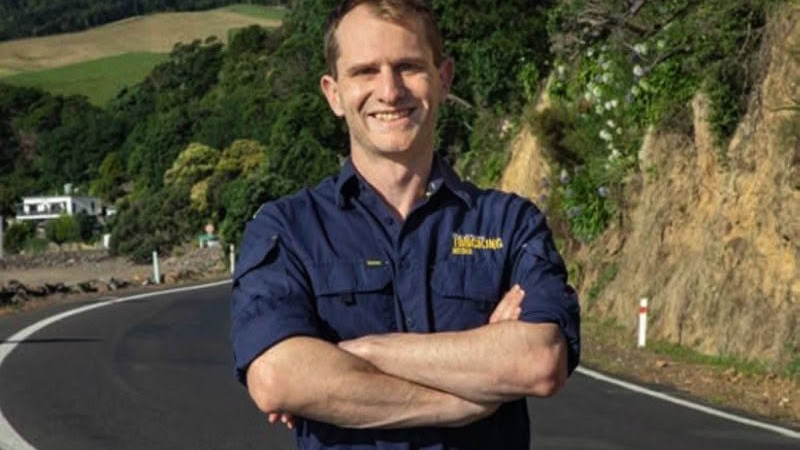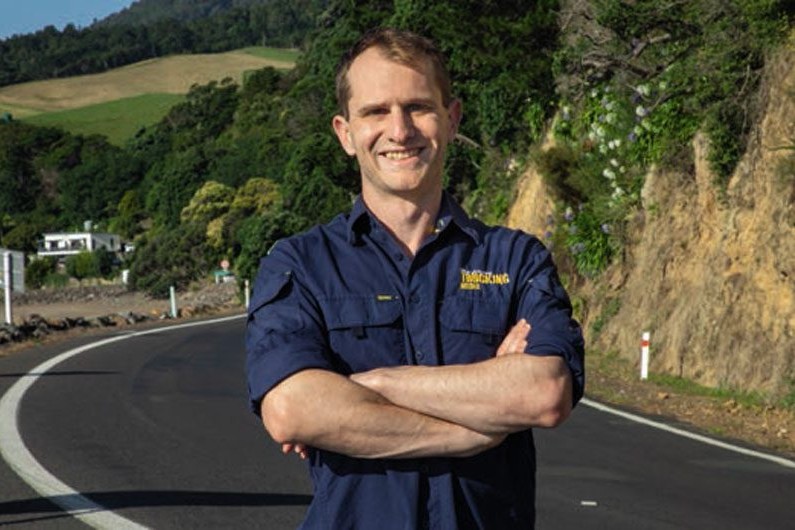
We’re in the throes of NZTA’s annual summer maintenance/construction programme, the second after the agency had its shackles loosened by the incumbent government. While the programme still has a month or so to go, I feel some kudos are in order.
Take a look at the agency’s Forward Works Programme map, and the scale of work occurring at the moment becomes clear – there’s barely a major state highway anywhere in the country that does not have either sealing or rehabilitation work taking place on even a small section of road.
Anecdotally at least, the work over the past three or four months seems to be occurring at pace and to a high standard. The number of sections I’ve regularly driven through seem to illustrate this increased pace, and NZTA itself has issued a few releases in past months celebrating work completed ahead of time and budget. That kind of news makes for a great change in reading.
The major renewal programme this year can only be SH1 Tirau to Waiouru, which the agency describes as “one of the largest and most ambitious maintenance projects undertaken in New Zealand.” With 220km of road, the approach to doing the work in blocks, shutting down the road section by section and getting stuck in, would always make absolute sense. The agency says this approach allows it to condense four years’ worth of work into 16 months.
With the work expected to run to the end of this year, the first section (Tirau to Putāruru) has already been completed. Here, a total of 5.75 lane kilometres of road were completely rebuilt, along with other necessary work including water management, such as clearing culverts, and repairing signs.
Possibly the most significant section of work in this project is the Desert Road, now into its second of a planned two-month closure. With significant detours in both time and distance, there has been commentary in recent weeks on the increased costs on freight and the economy as well as calls for the work to be completed as expediently as possible. I feel this may have been somewhat unfair on the agency, as the projected time period was communicated and the cost of extra travel inevitable. Sadly, it’s just the reality of the approach. The latest update (7 February) indicates work is on track and progressing as planned.
As Dave McCoid commented in the latest episode of Blokes Yarning on the Keep on Moving podcast, having recently driven through the section from Tokoroa to Putāruru through Litchfield, the agency and its contractors seem to be onto a winner with this “short-term pain, long-term gain” approach and, hopefully, the final result will reflect just that.
The agency says that although there would be an increased spend (estimated $42m) in the first two years, an estimated $13,800,000 will be saved by condensing the work to 16 months. It adds that over 25 years the savings are estimated at $141,000,000 in 2024 dollars ($291,000,000 assuming 3% escalation each year).
Of course, that’s assuming there will be minimal need to revisit the work beyond the usual ‘second coat’ reseal a year after the work is complete … I have faith, though. Hopefully, in a few years’ time, the roads will still be good as new.
Take care out there,
Gavin Myers
Editor
Read more
Keeping up with the times
0 Comments4 Minutes
In the weeds
1 Comment4 Minutes
The energy to continue
0 Comments4 Minutes




